Magnets are often associated with their ability to attract metals like steel or iron. However, not all metals respond the same way to magnetic fields. One intriguing question is whether magnets interact with aluminum, a lightweight and widely used material. Here’s a closer look at how aluminum behaves in the presence of magnets.
Magnetic Material Categories

The way materials respond to magnets depends on their atomic structure, which determines their classification into three main types:
- Ferromagnetic Materials: These include metals like iron, cobalt, and nickel, which exhibit strong magnetic properties. Their atomic structure allows electrons to align with external magnetic fields, resulting in a significant attraction.
- Paramagnetic Materials: Metals like aluminum fall into this category. They show a weak attraction to magnets, but the effect is minimal and often imperceptible in everyday contexts.
- Diamagnetic Materials: Materials like copper and graphite exhibit weak repulsion to magnetic fields due to their atomic structures opposing external fields.
Why Magnets Don’t Attract Aluminum

Aluminum’s paramagnetic nature means its interaction with magnetic fields is very weak. This occurs because the alignment of electrons in aluminum doesn’t support the creation of strong magnetic fields. In practical terms, magnets do not “stick” to aluminum surfaces like they do to steel or iron.
When exposed to a magnet, aluminum slightly rearranges its atomic structure to oppose the magnetic field. However, this effect is so small that it remains unnoticeable under normal circumstances.
The Role of Eddy Currents
While aluminum isn’t strongly magnetic, it does exhibit interesting behavior through eddy currents. When a magnet moves near or through aluminum, small electrical currents are induced within the metal. These currents create their own magnetic fields, which resist the motion of the magnet.
For instance, dropping a magnet through an aluminum tube slows its descent—a phenomenon known as magnetic braking. This principle is applied in various technologies, such as electromagnetic brakes and induction systems.

Can Aluminum Be Made Magnetic?
Although aluminum itself isn’t magnetic, a magnet can be made to adhere to it by incorporating ferromagnetic materials into or behind the aluminum. Alternatively, exposing aluminum to extremely strong electromagnetic fields can induce magnetization, but this is not practical for everyday use.
Industrial Applications
The non-magnetic properties of aluminum make it valuable in industries like aerospace and electronics, where magnetic interference must be avoided. Conversely, its ability to support eddy currents is harnessed in applications like magnetic braking systems.
Conclusion
Magnets don’t naturally stick to aluminum because it lacks the strong magnetic properties seen in ferromagnetic materials. Understanding aluminum’s interaction with magnets provides insights into its unique behavior and highlights its importance in various industries. For more information and to explore high-quality magnetic products, visit Magfine Corporation.

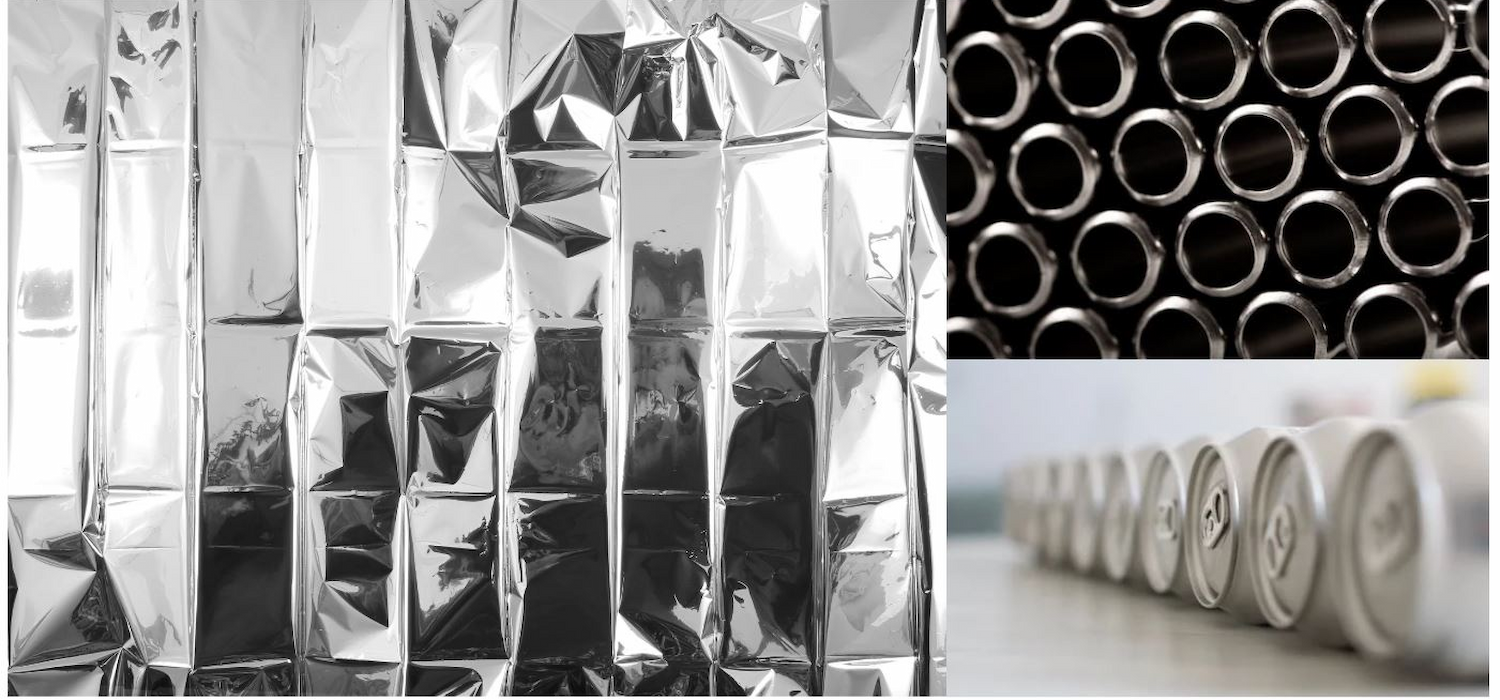
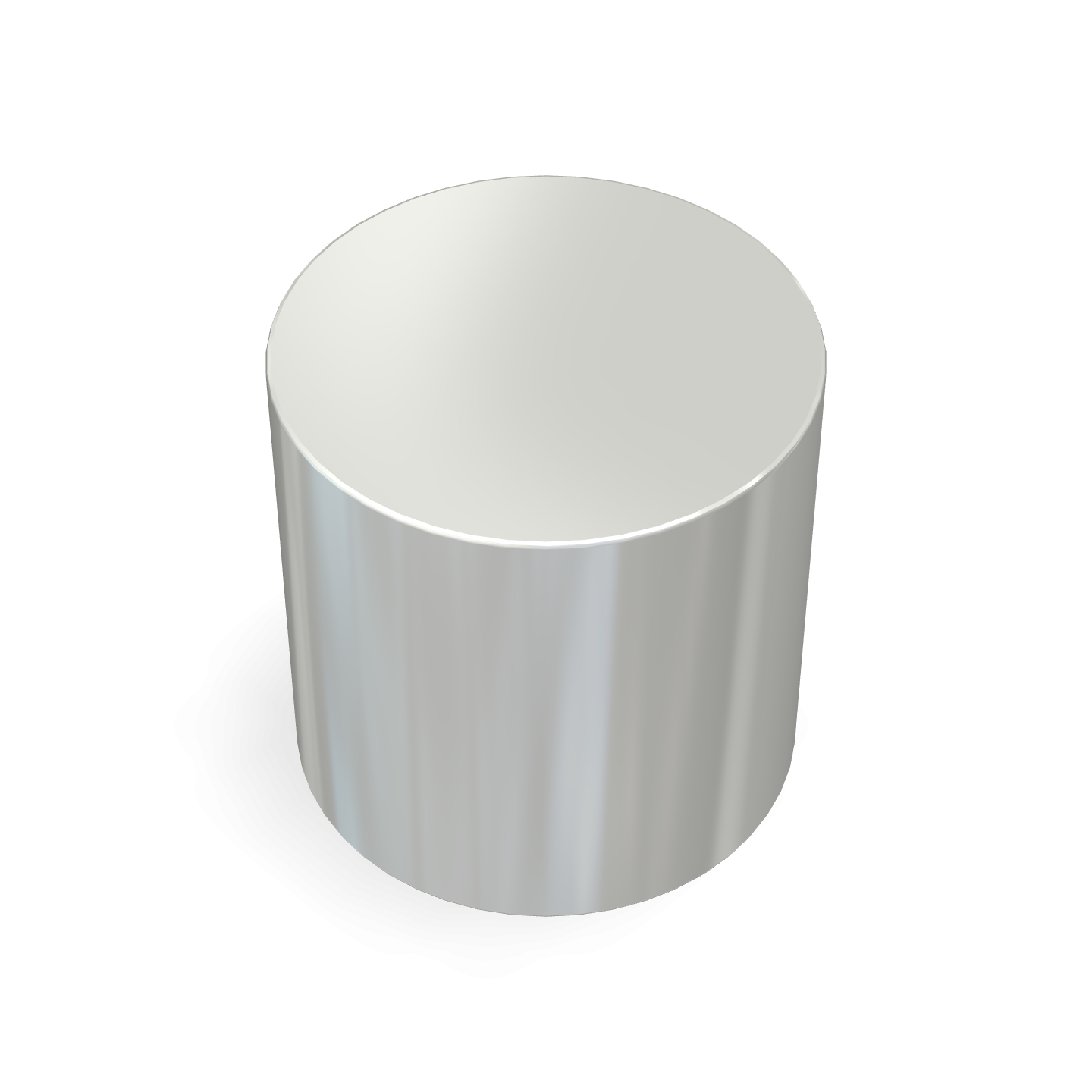
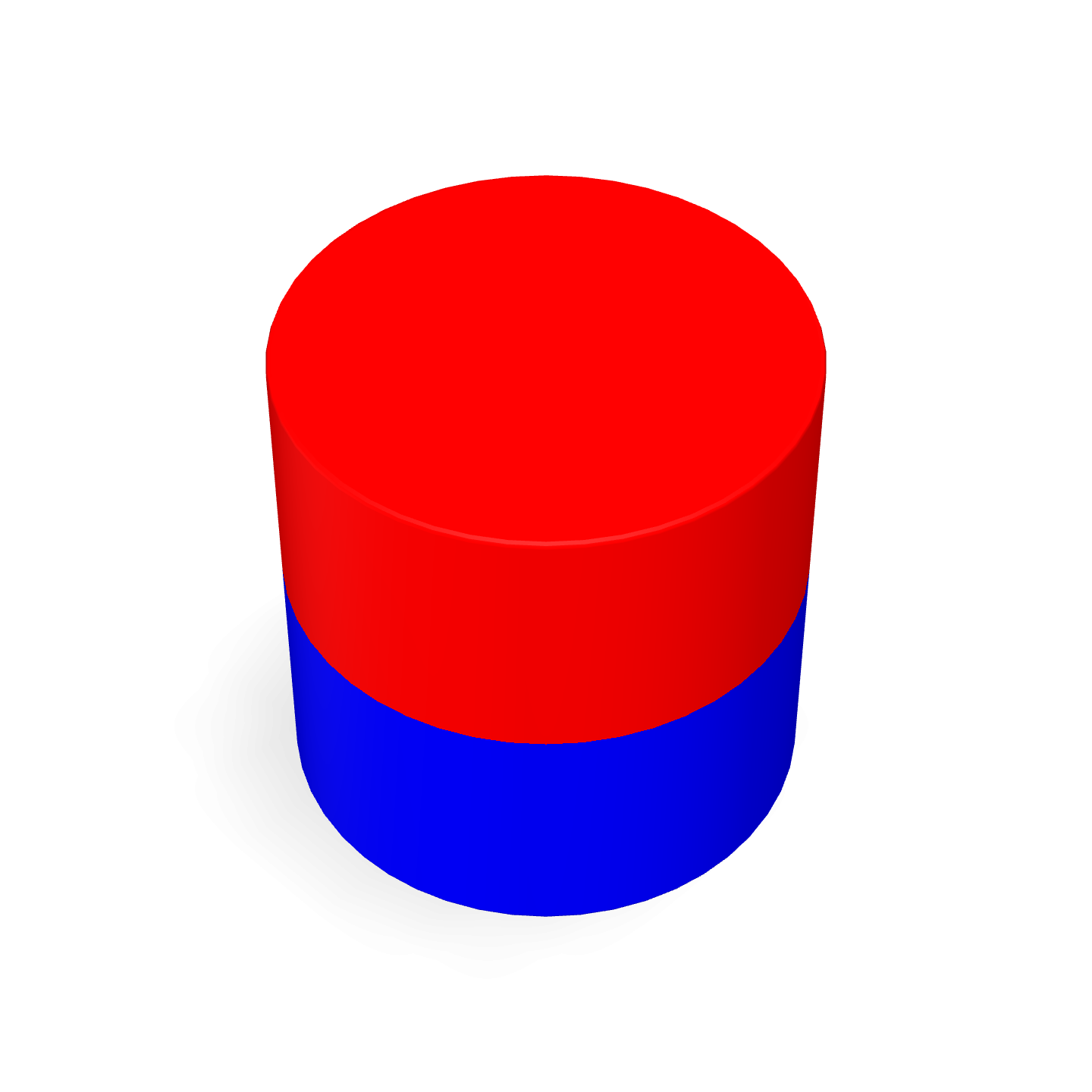
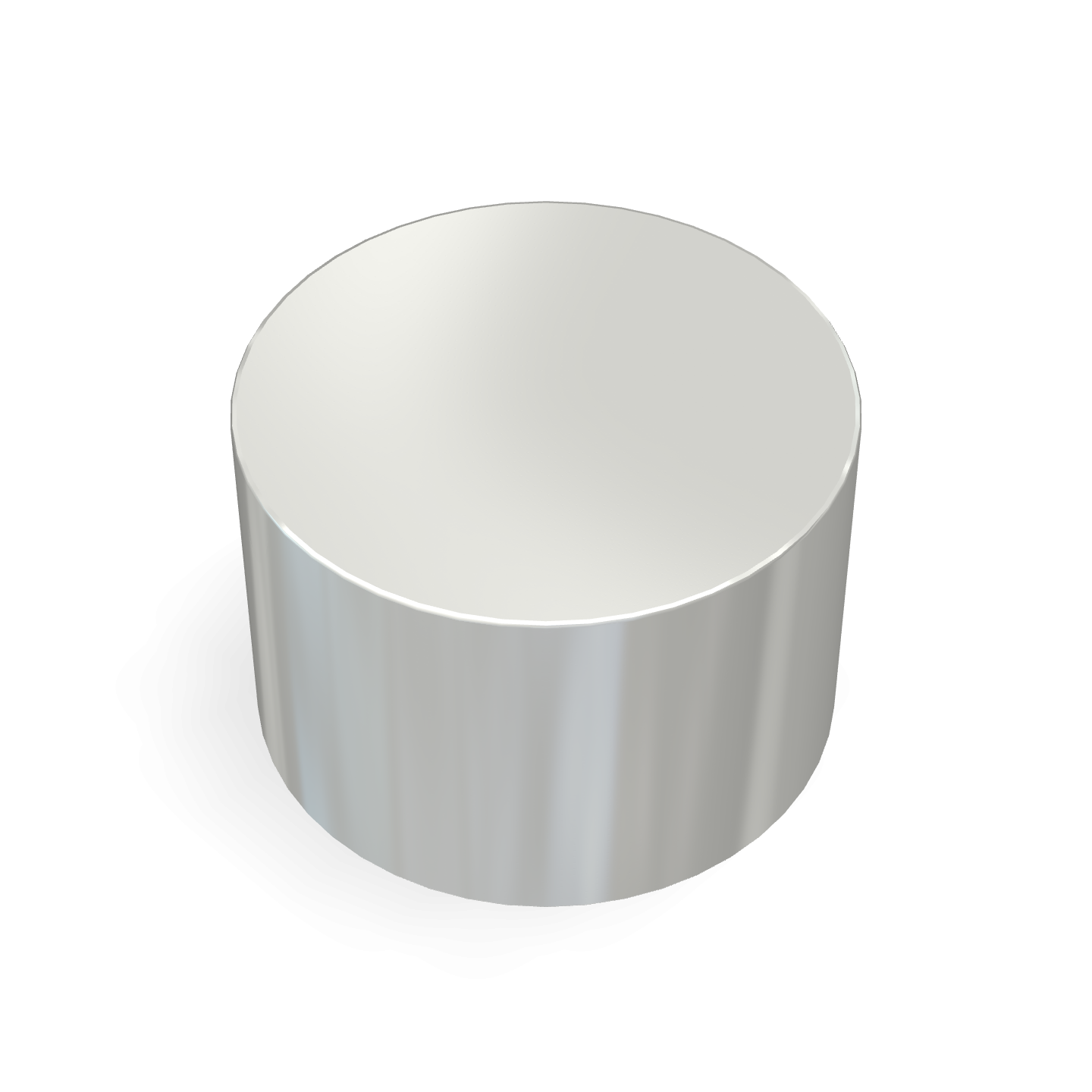

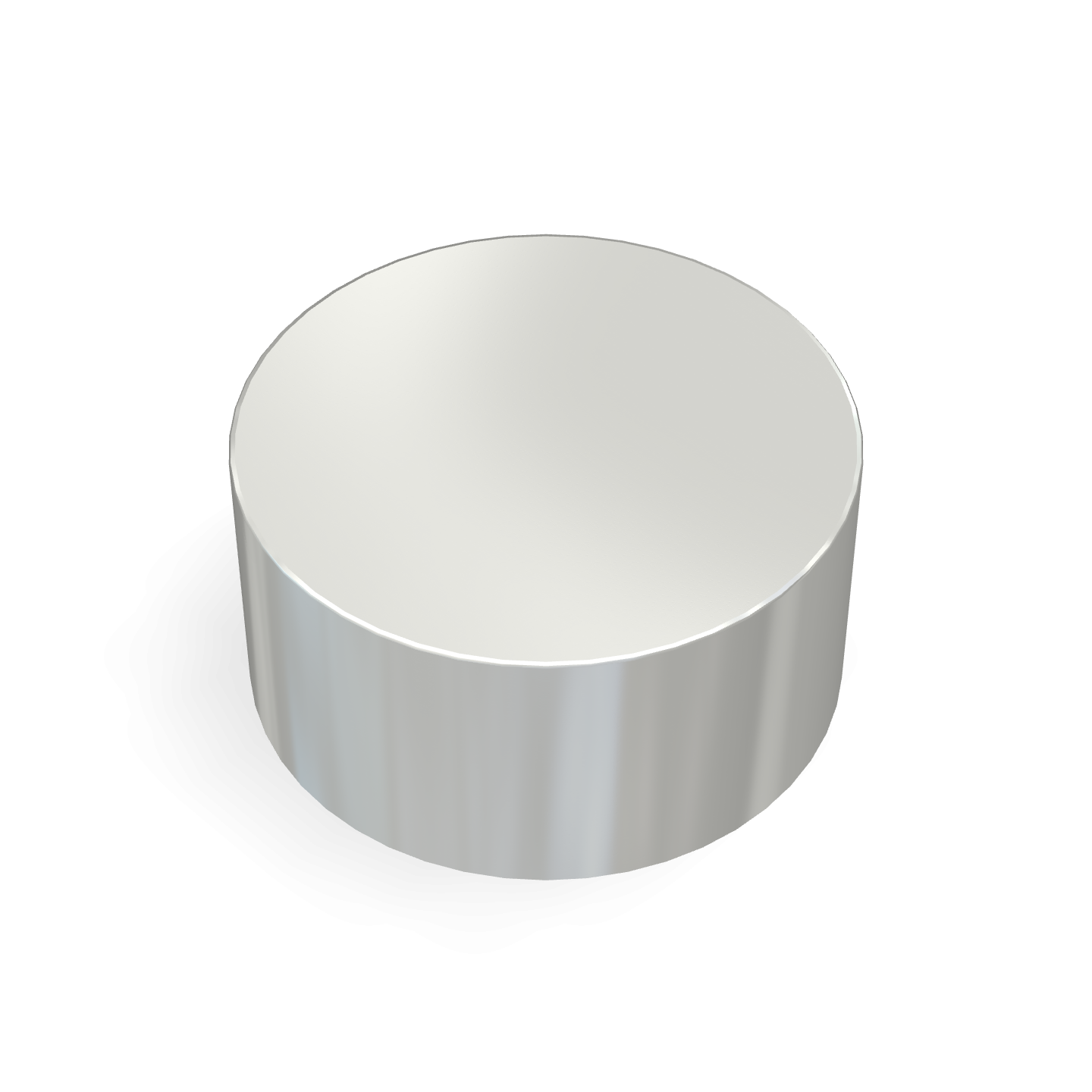

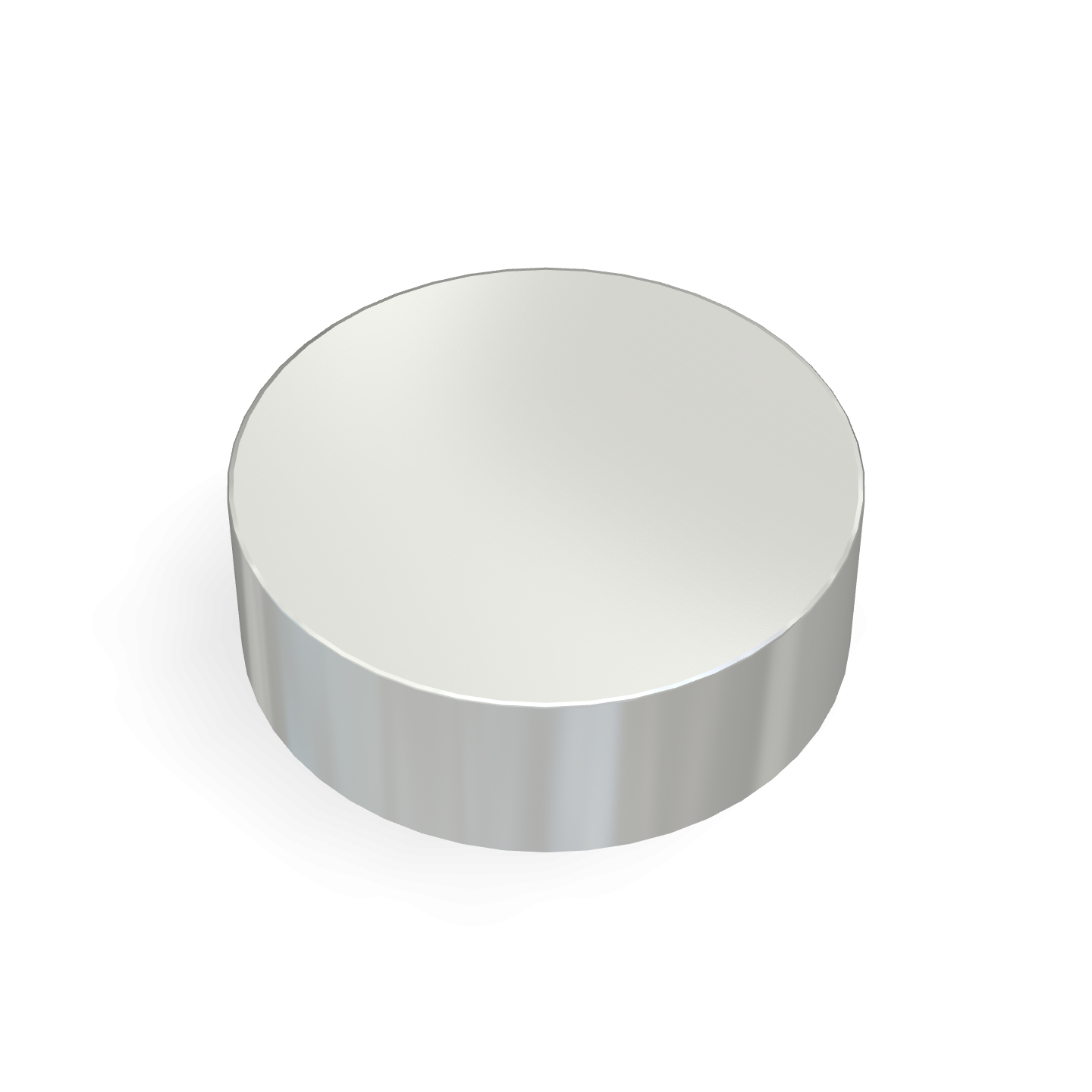

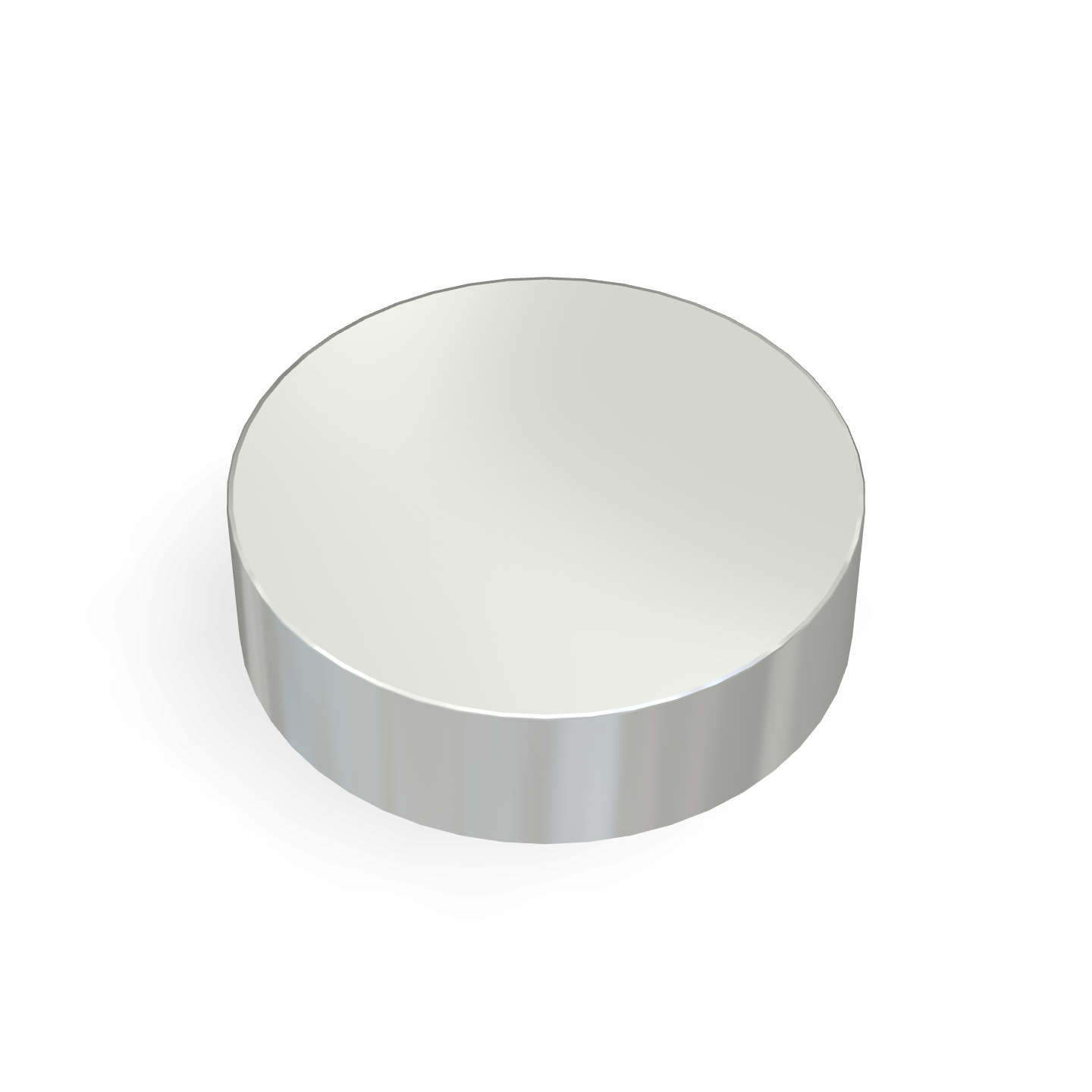

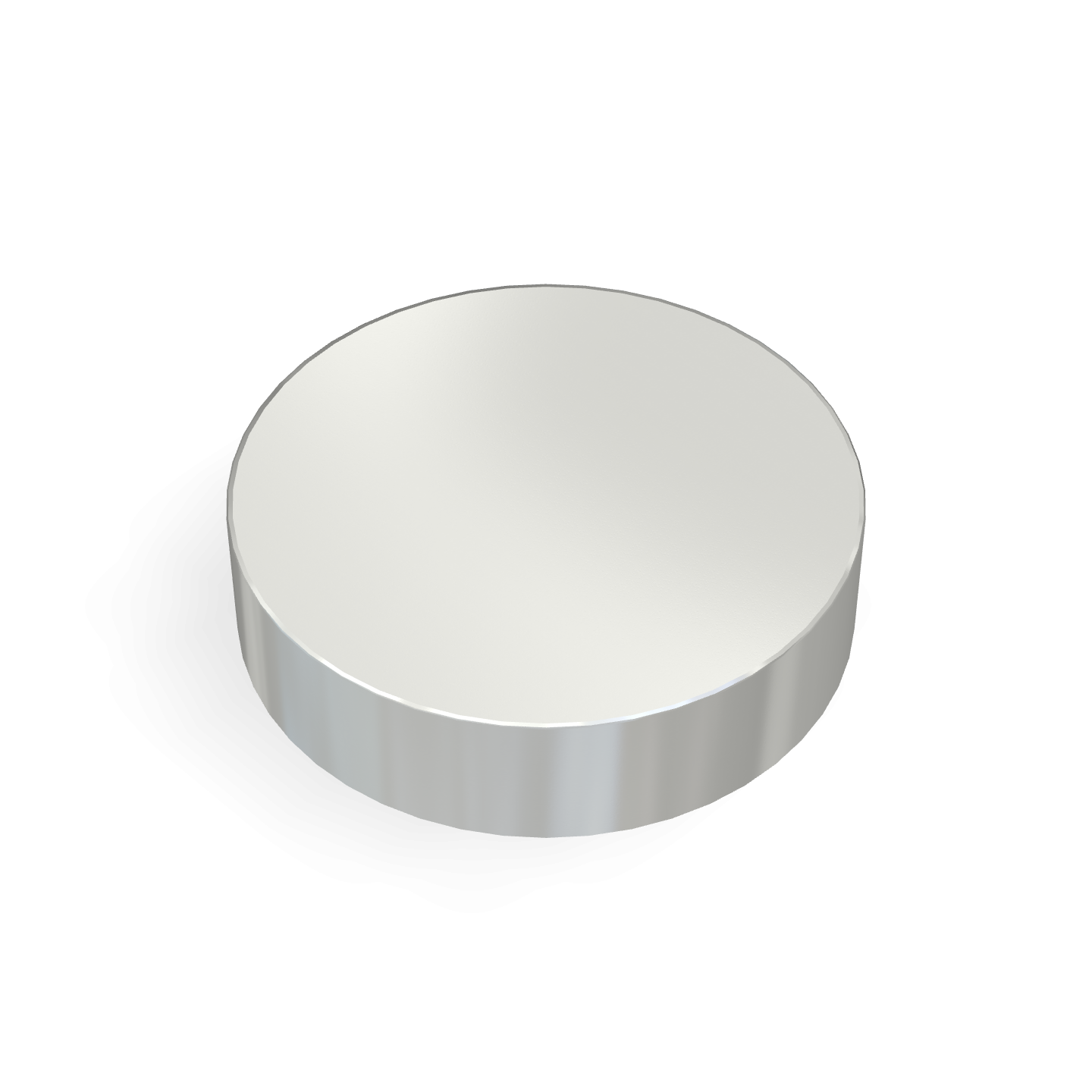

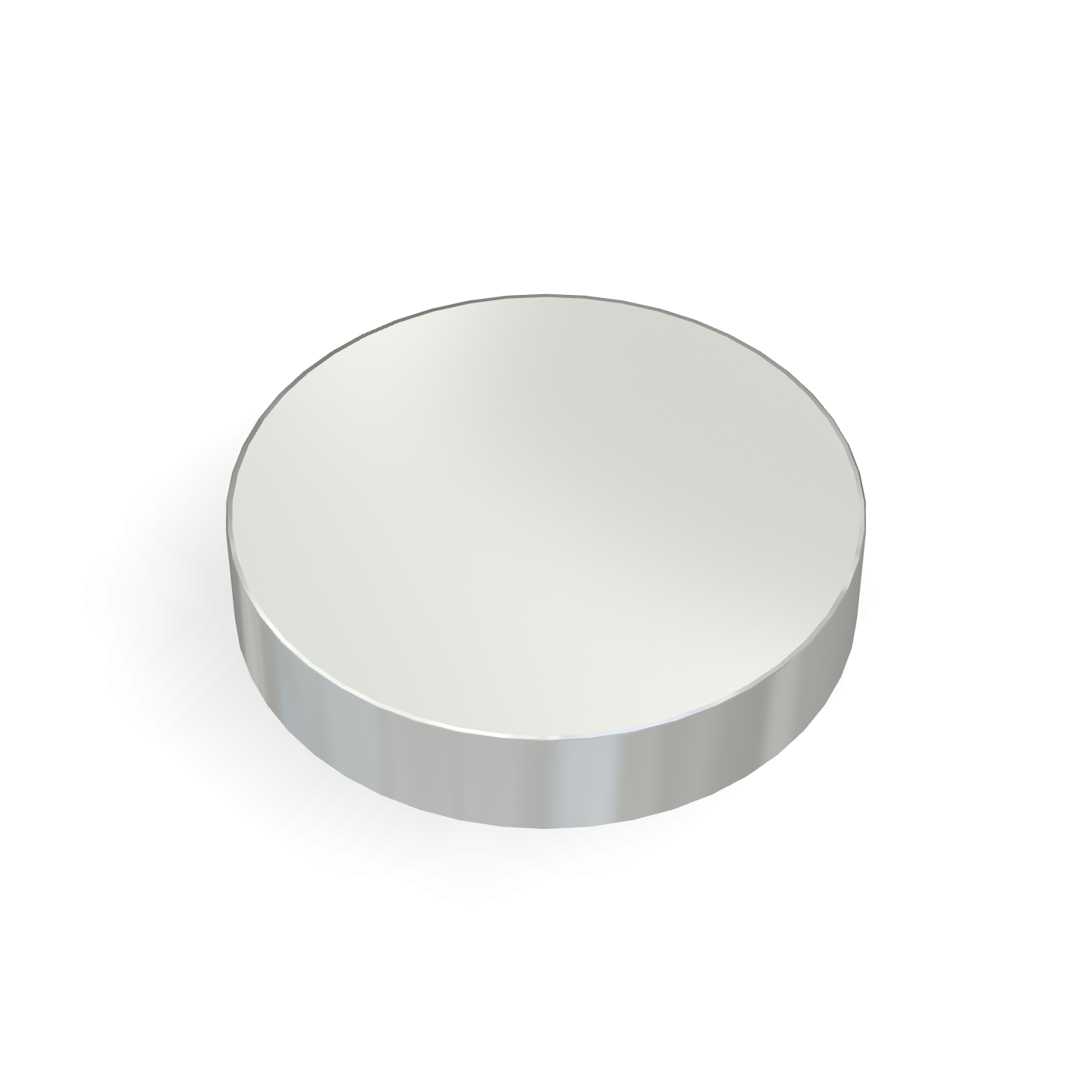

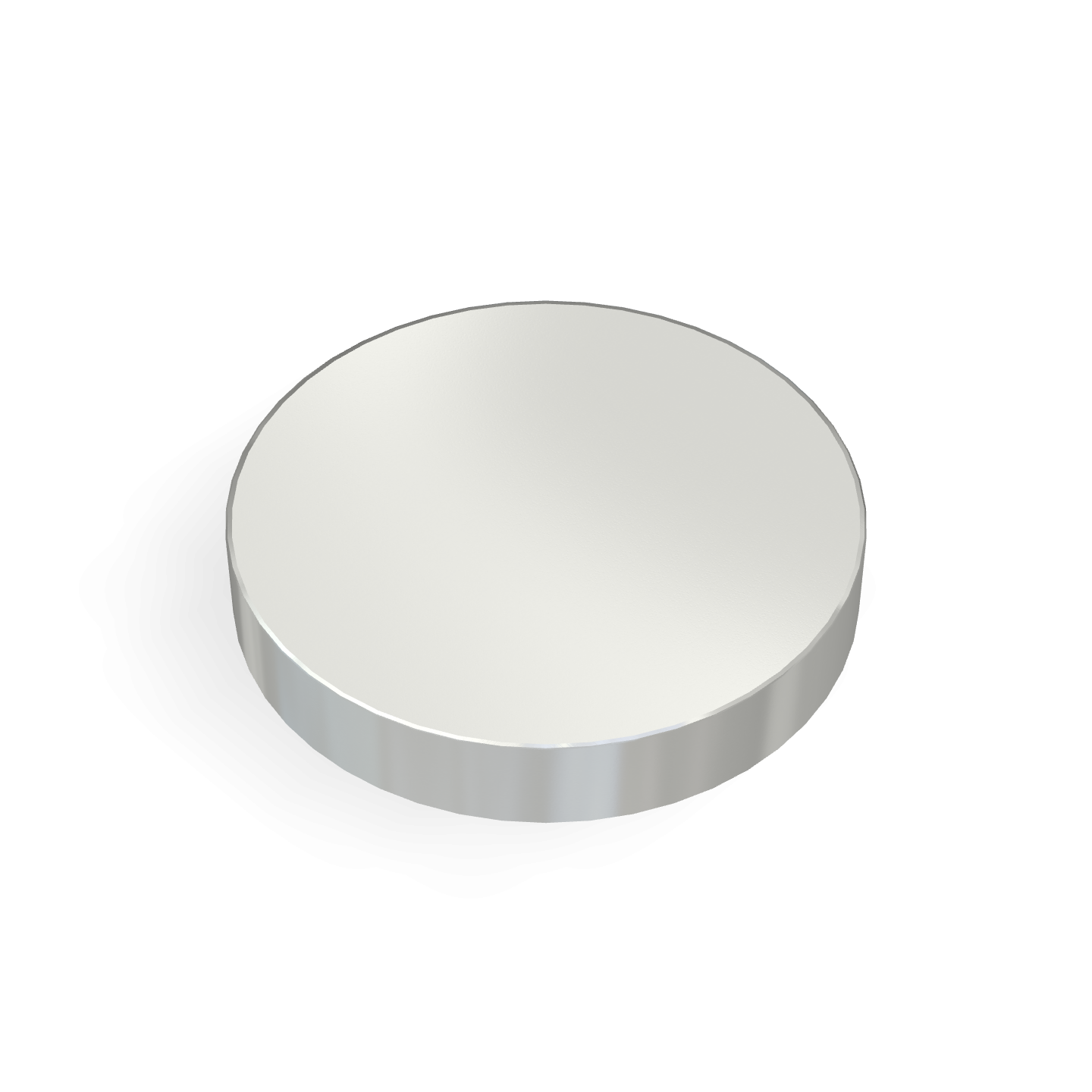



1 comment
Sarah J.
Hi, thank you for the insights. Could Magfine post a video on how eddy current works? I’m learning about this topic for my physics class and would be nice if I can get a video of the application in action!